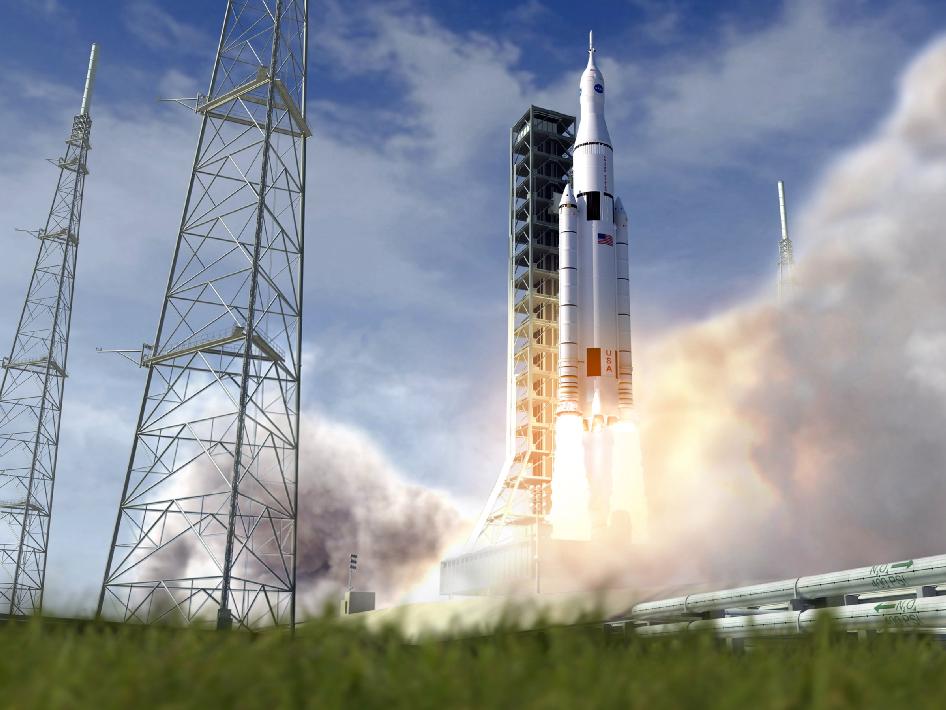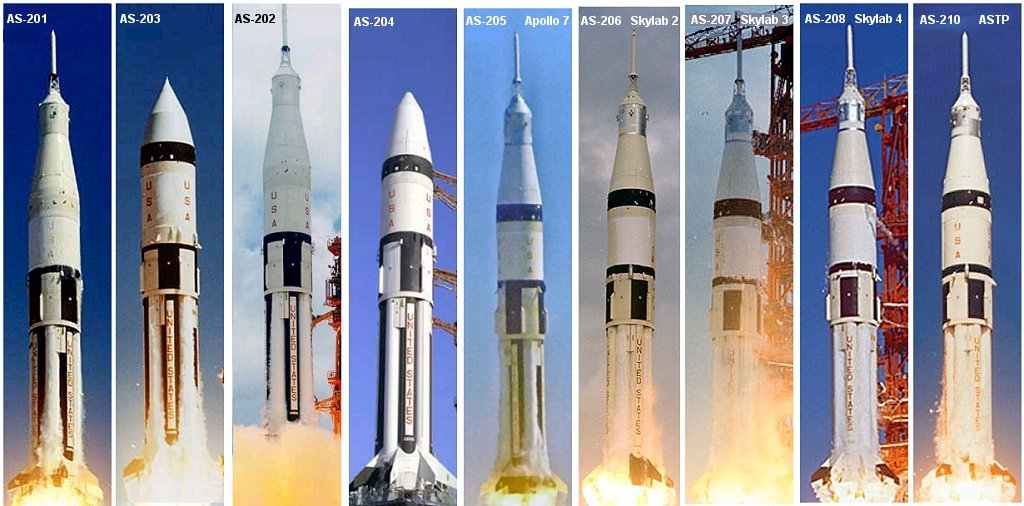Orion Launch Today
Discussion
el stovey said:
Eric Mc said:
el stovey said:
Watching this in lovely HD on my telly. The coverage is really great.
Imagine if the moon landings could have been viewed like this instead of rubbish black and white 60s TV.
They were colour from Apollo 12 onwards - alhough most of us still had B & W TV sets.Imagine if the moon landings could have been viewed like this instead of rubbish black and white 60s TV.

My earliest clear memory is watching the Apollo 8 launch in October 1968 - when I was 10. Before then I don't think there any TV relay satellites in orbit to allow launches from the US to be shown live.
A lot of the TV coverage of the early US manned launches can be found on youtube. From 1965 onwards US TV showed the launches in colour.
rhysenna said:
Is the window for launch to do with the readiness of the rocket or something else?
That - plus matters such as lighting conditions - both at the Cape and at the planned splashdown point in the Pacific. The mission is scheduled to last about 4 hours - by which time it will be beginning to get dark in the splashdown area. They want to have decent daylight to observe the Orion as it comes down on its parachutes and to facilitate the recovery operation.
Most missions have much tighter launch windows because the spacecraft is being sent to a particular target in space, such as the Space Station or the moon. The movement of the target will determine when the launch needs to happen.
I was just thinking how reliable the Saturn family was. I can't remember a single Apollo flight of any sort being delayed seriously because of holds such as this.
I wonder is that due to the fact that the F1 engines of the Saturn V (and the lower powered first stage engines of the Saturn 1 and 1B) used kerosene as their fuel rather than liquid hydrogen. Because kerosene is liquid at normal temperatures, it is much easier to handle and you don't get all the problems caused by the extreme cold soaking you get when handling liquid hydrogen?
I wonder is that due to the fact that the F1 engines of the Saturn V (and the lower powered first stage engines of the Saturn 1 and 1B) used kerosene as their fuel rather than liquid hydrogen. Because kerosene is liquid at normal temperatures, it is much easier to handle and you don't get all the problems caused by the extreme cold soaking you get when handling liquid hydrogen?
Kateg28 said:
I wasn't that bothered about space flight until I went to Florida in the Summer and we went to KSC. It was awesome. We attended an astronaut training experience and actually did a shuttle mission simulation and I was the Public Address Officer (they liked my British accent) in Mission Control. I now feel I could phone up and help with this mission.
Me first.I've been a space nut since before Apollo. I find then whole thing fascinating and have loved every minute of the 50 odd years I've been following NASA's space adventure.
rhysenna said:
Sorry for all the questions but has NASA got a rocket that can take Orion into outer space?
This one 
Only joking.
The sensible answer is "not yet". The Delta IV Heavy is not powerful enough (nor is it "man rated") to allow it to carry a fully kitted out and manned Orion Command Module and definitive Service Module combination.
The rocket that is being designed to do this is called the "Space Launch System" or SLS. The SLS will be built in a number of versions, one of which will be even more powerful than the Saturn V. The SLS is built from components developed for the Space Shuttle.
It has FOUR Shuttle Main Engine Derivatives (SMEs) and two Solid Rocket Boosters similar to the Shuttle's but consisting of five segments rather than the Shuttle booster's three.

MrCarPark said:
Eric Mc said:
I was just thinking how reliable the Saturn family was. I can't remember a single Apollo flight of any sort being delayed seriously because of holds such as this.
I was wondering what Gene Krantz must be making of it 
I was thinking of people like Von Braun and his team who are probably looking down and saying "I told you zat ve vere better off with ze kerosene".
rhysenna said:
More powerful than Saturn V! What sort of thrust are we talking about ?
8 million pounds plus.Back in the early 1960s, when it was assumed that they way to get to the moon was simply by fitting the Apollo Command and Service module with legs and landing it directly (what was known as Direct Ascent), Von Braun and his team proposed a monster rocket called Nova, which had EIGHT F1 engines (the Saturn V had five F1s). The Nova would have developed 12 million pounds of thrust.
Gandahar said:
This is nothing, when the first space shuttle went up I seem to recall it was delay after delay.
The first Shuttle was delayed three years from its original date in 1978. However, the ACTUAL launch of Columbia on 12 April 1981 was carried out only two days after the initial planned launch on 10 April 1981 was cancelled due to problems with the on board computers. So there was technically only one scrubbed launch for STS-1So, there wasn't scrub after scrub.
Of course, later Shuttle launches had far more scrubs than the very first one.
FunkyNige said:
Stupid question alert - why is there a launch window for this mission?
I can understand having one if you need to be at a certain point in space at a certain time in order to transfer/rendezvous, etc. but this mission is just going up, round and down again so what would they be too late for if they launch an hour after the window ends? Is it something so untechnical as needing to recover it in daylight?
The question was asked a few posts ago and this was my reply - I can understand having one if you need to be at a certain point in space at a certain time in order to transfer/rendezvous, etc. but this mission is just going up, round and down again so what would they be too late for if they launch an hour after the window ends? Is it something so untechnical as needing to recover it in daylight?
"Lighting conditions - both at the Cape and at the planned splashdown point in the Pacific.
The mission is scheduled to last about 4 hours - by which time it will be beginning to get dark in the splashdown area. They want to have decent daylight to observe the Orion as it comes down on its parachutes and to facilitate the recovery operation.
Most missions have much tighter launch windows because the spacecraft is being sent to a particular target in space, such as the Space Station or the moon. The movement of the target will determine when the launch needs to happen".
Gandahar said:
Thanks Eric, I guess to a 13 year old boy the 2 day wait was an eternity ! 
I wouldn't know. I was almost 23 at the time.
The first launch was set for a Friday. I took a long lunch break from work to watch it in a local pub. Nobody in the pub was aware the launch was happening. When I asked the barman if he could turn on the TV he said, "Why, is their horse racing on today?". This was in Longford, Ireland.
As I said, the launch didn't actually happen that day. It finally went ahead on the Sunday and I watched it on TV at home.
Gassing Station | Science! | Top of Page | What's New | My Stuff





